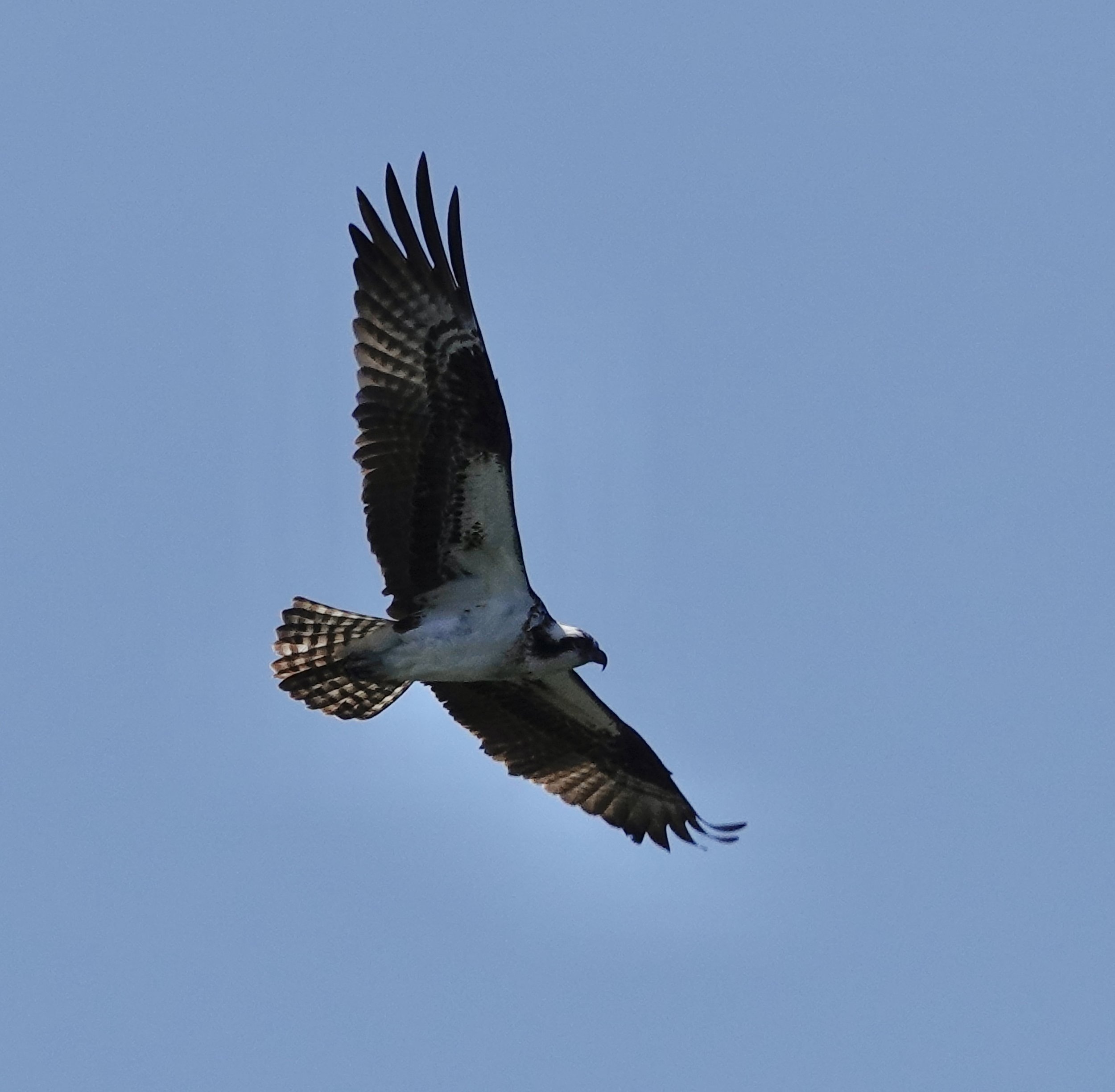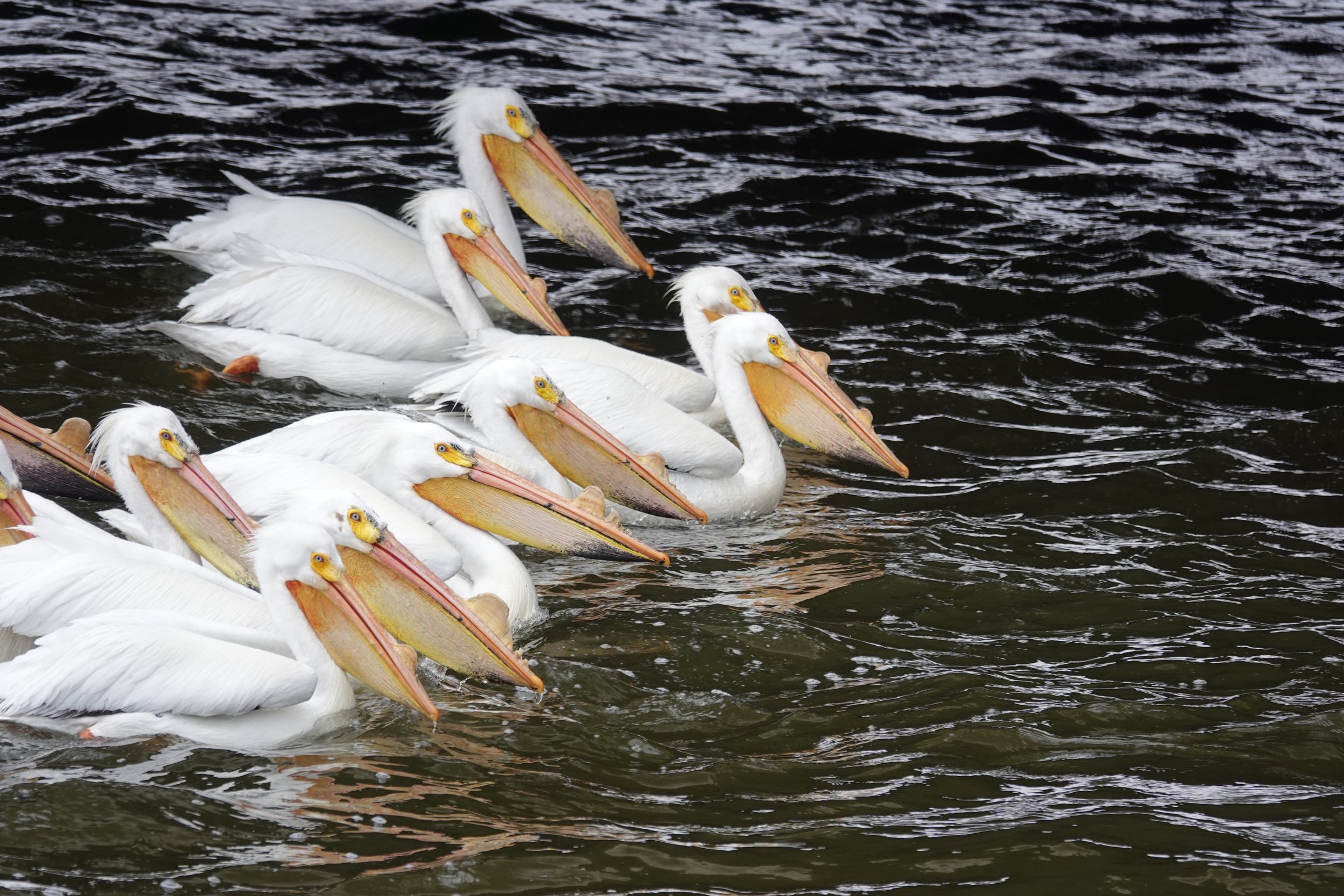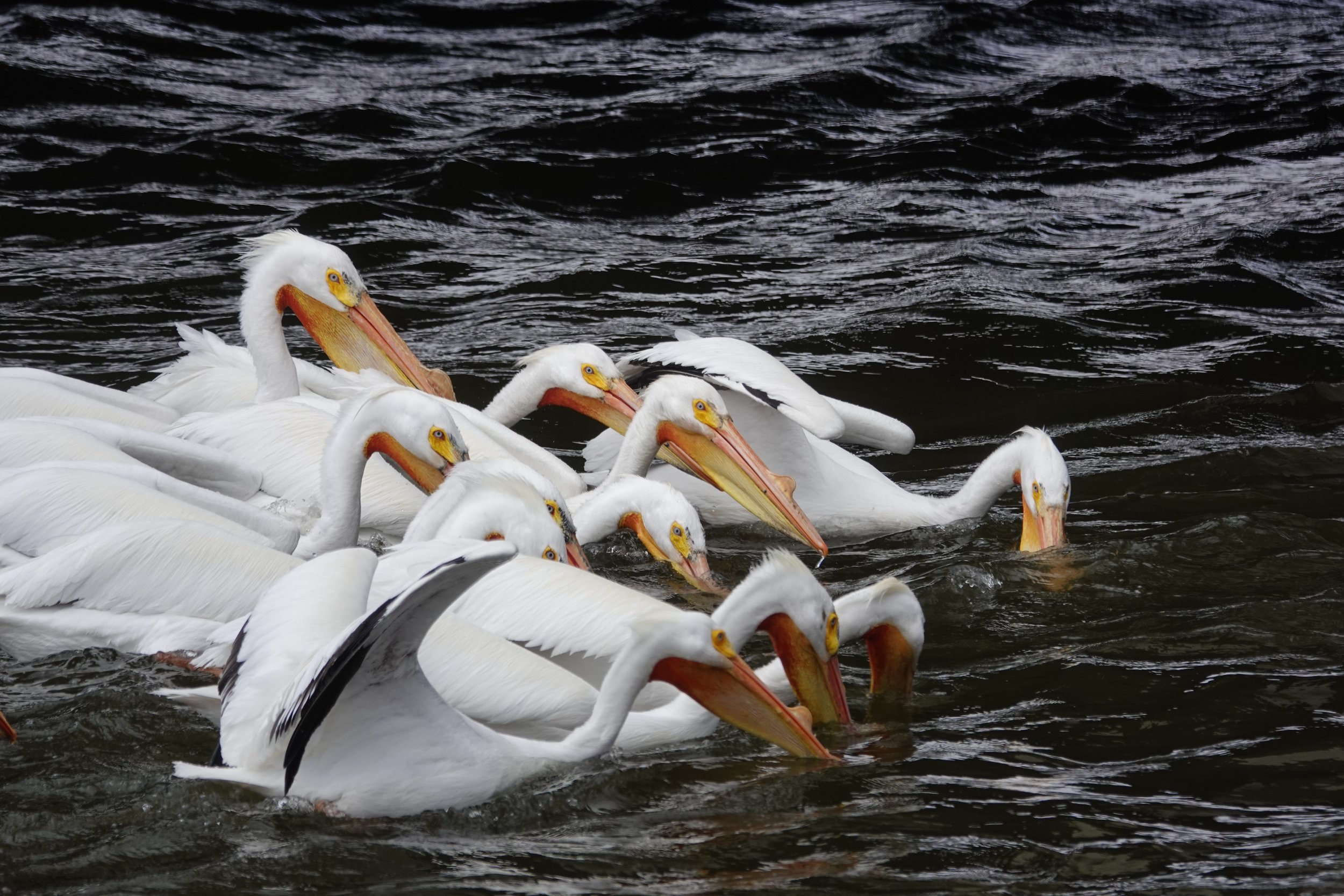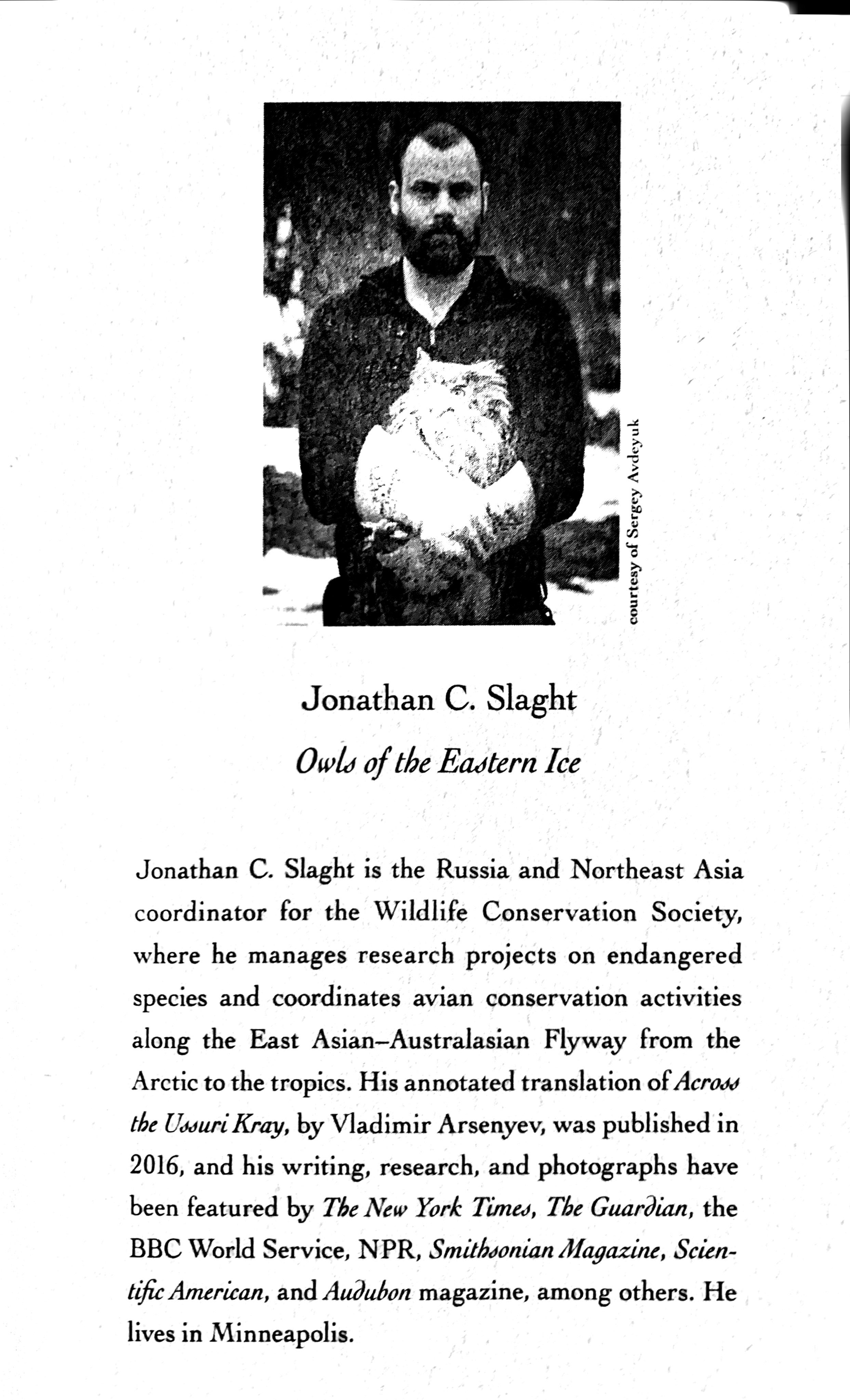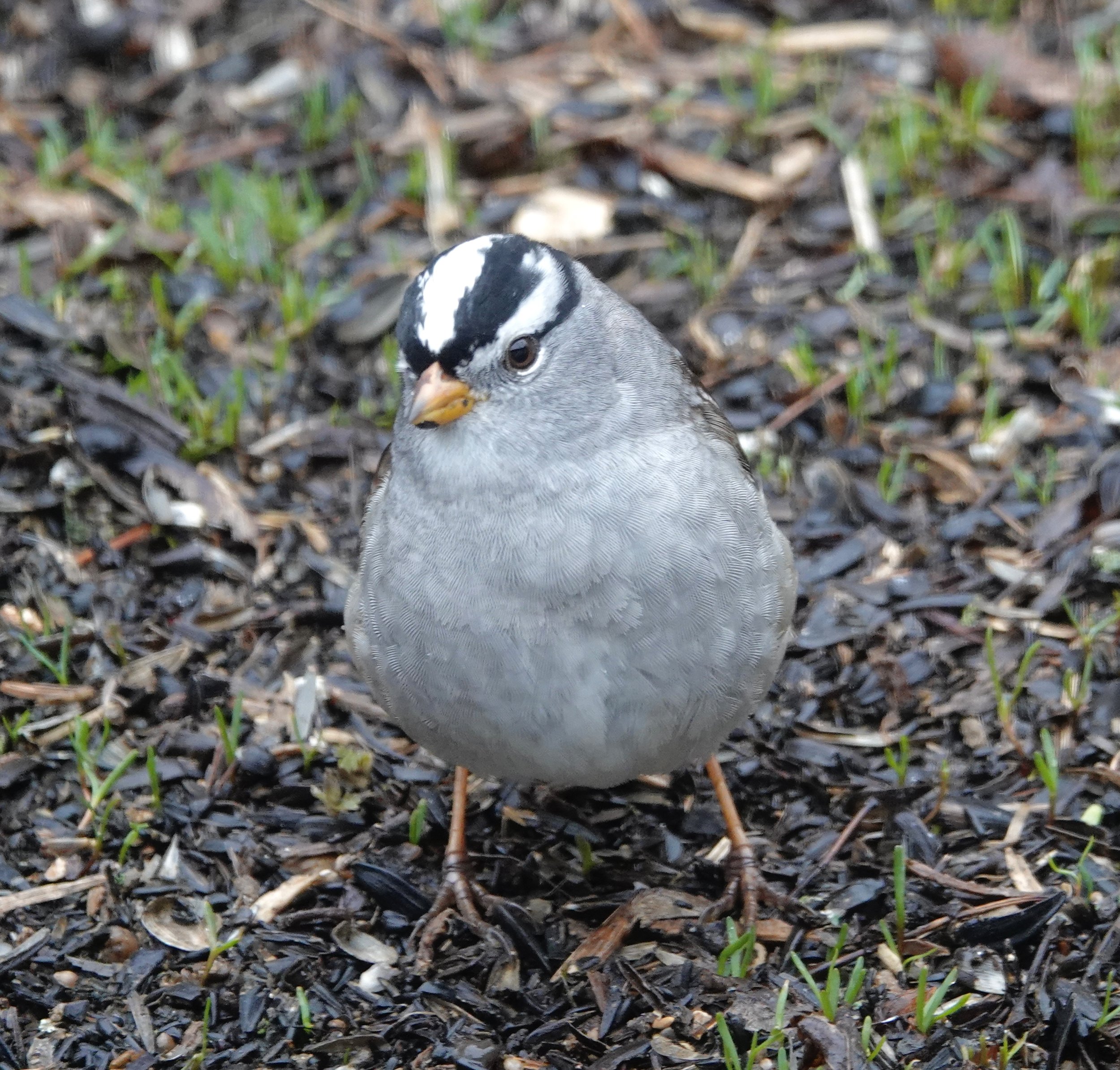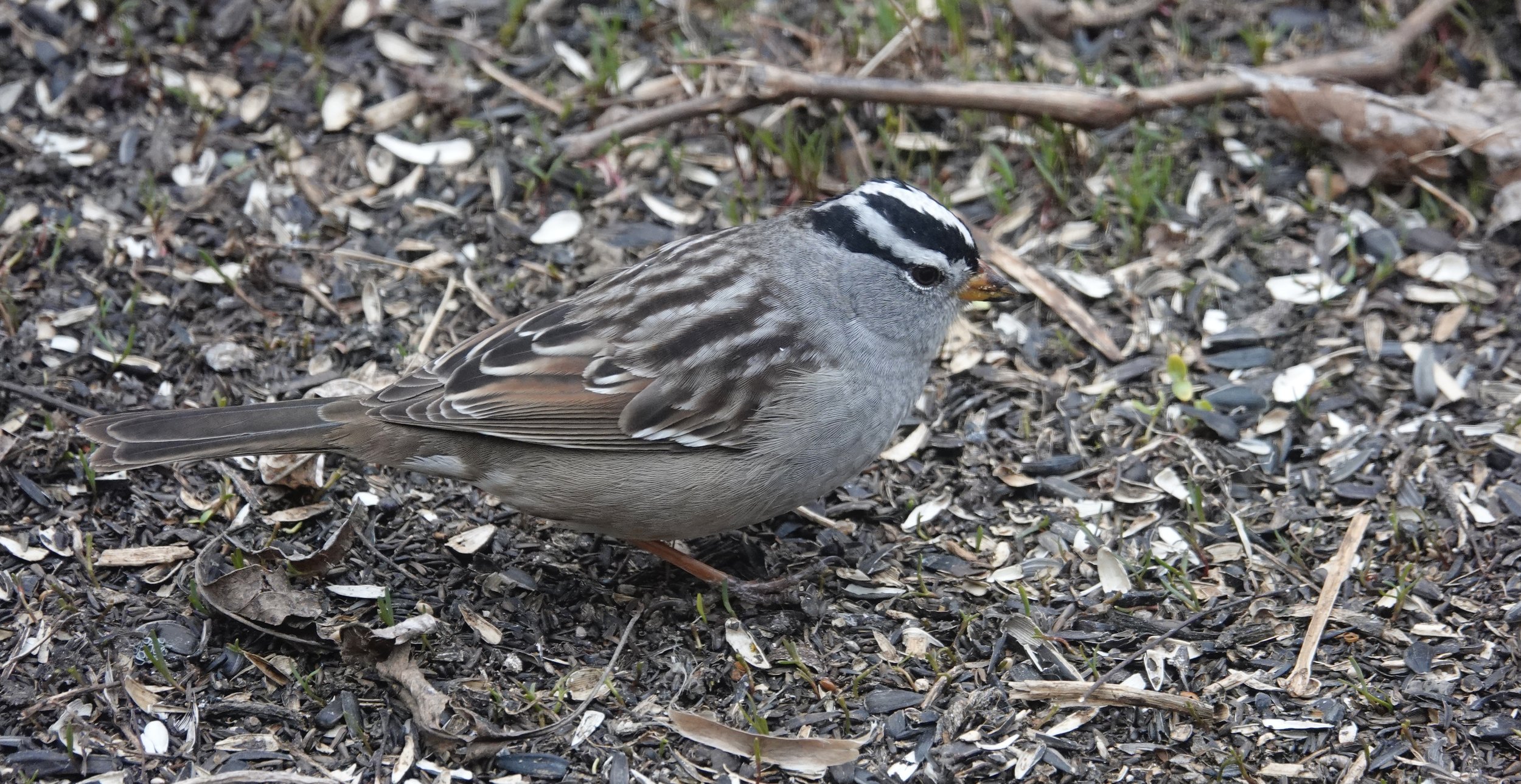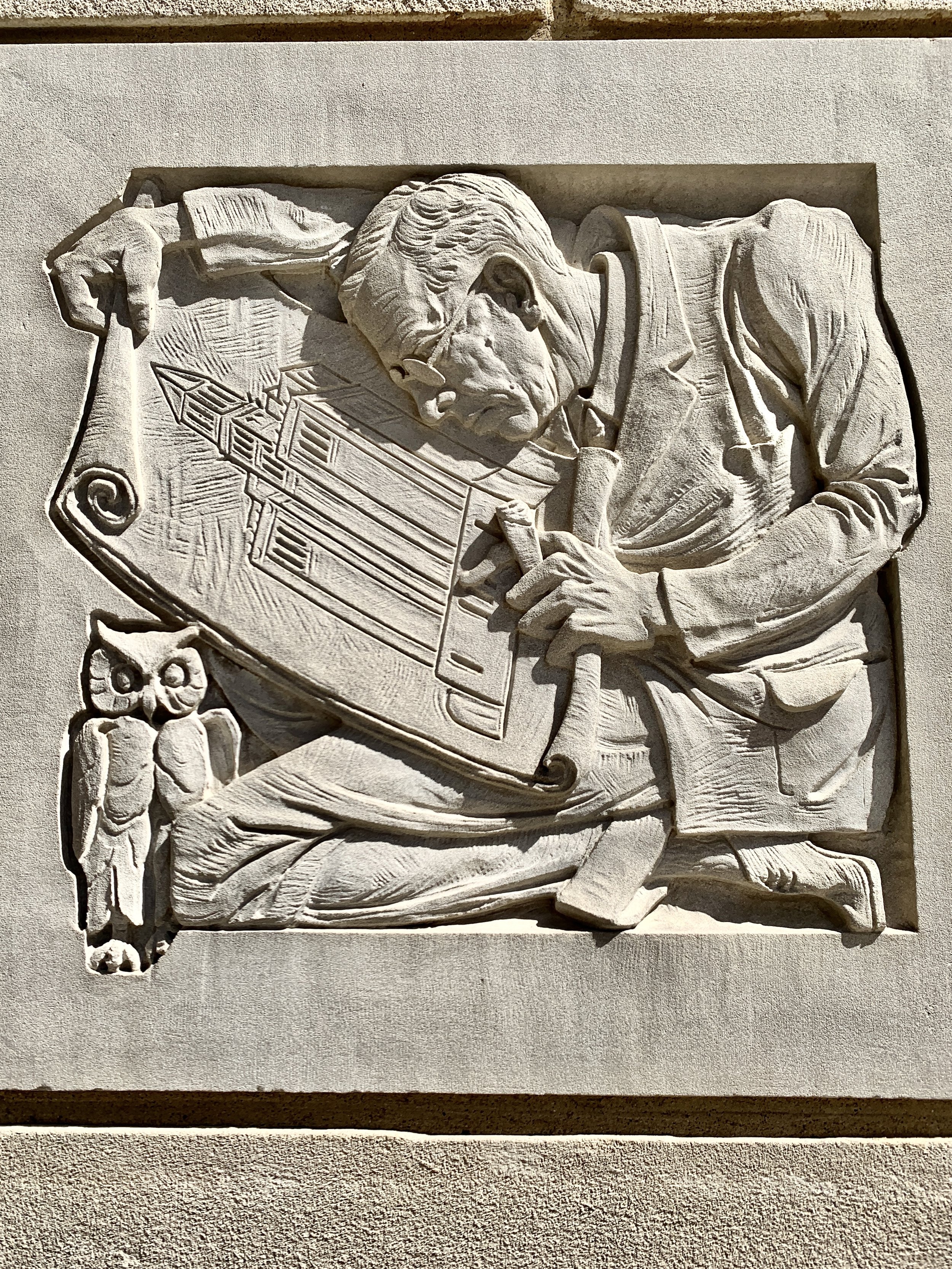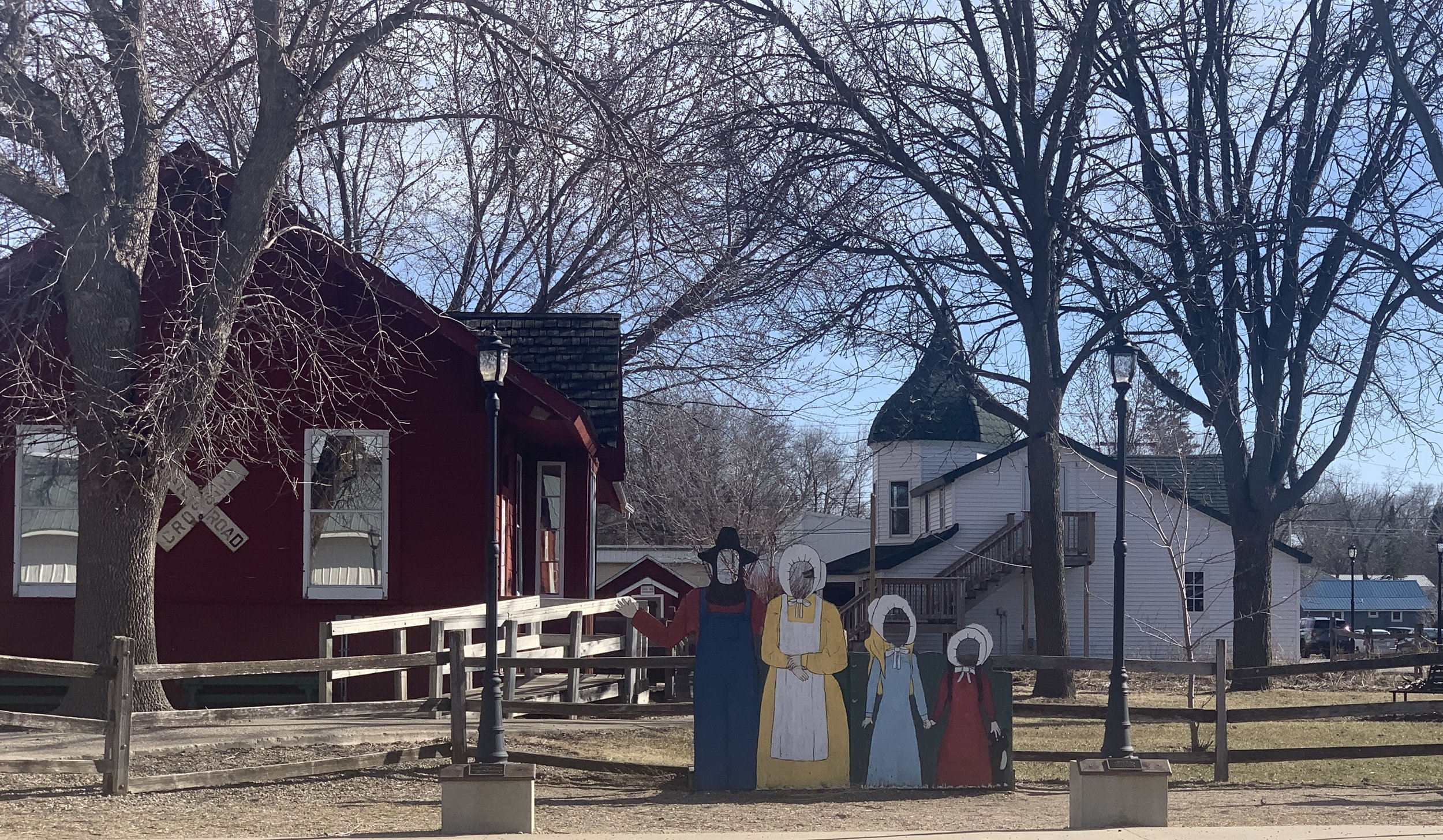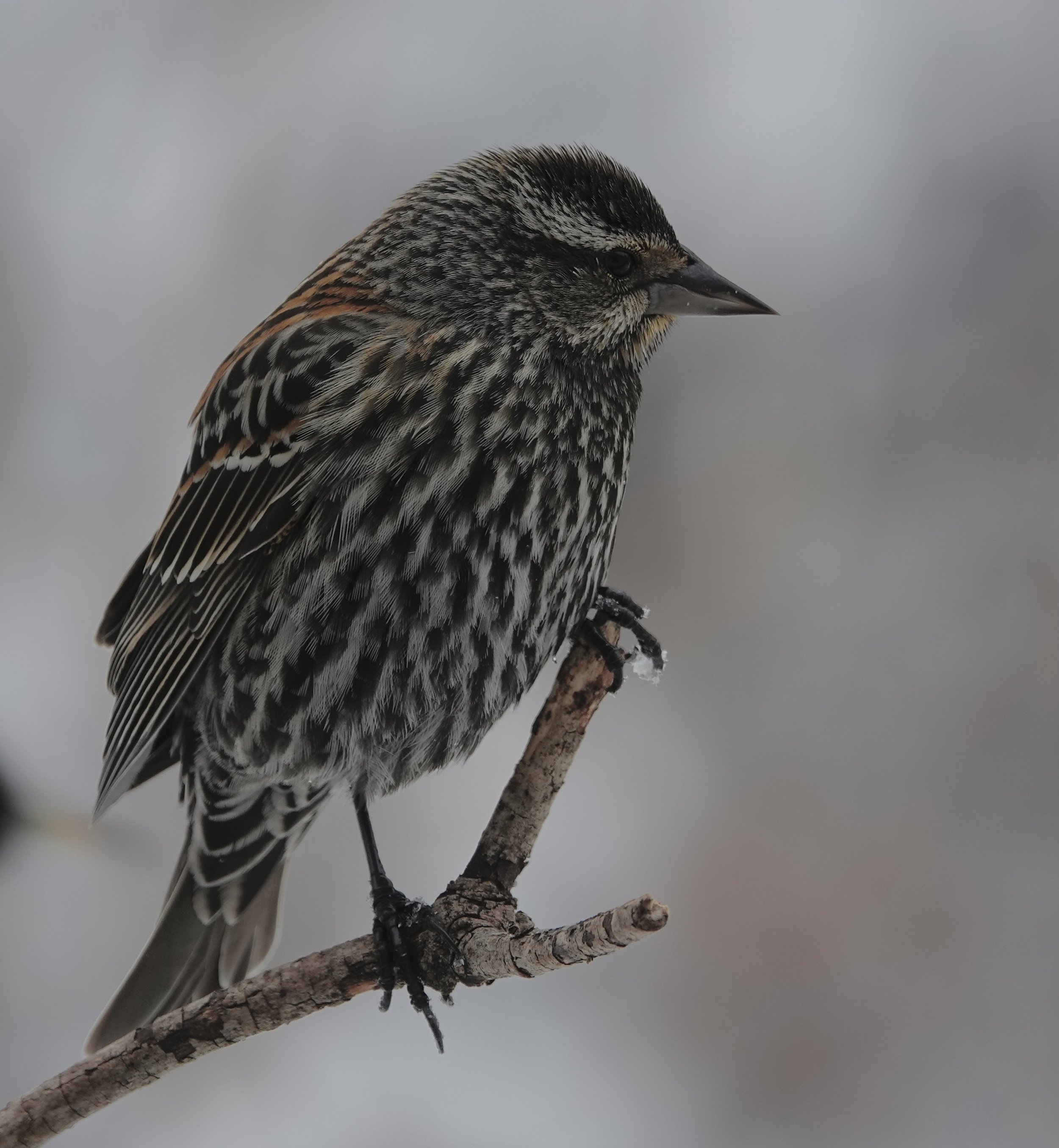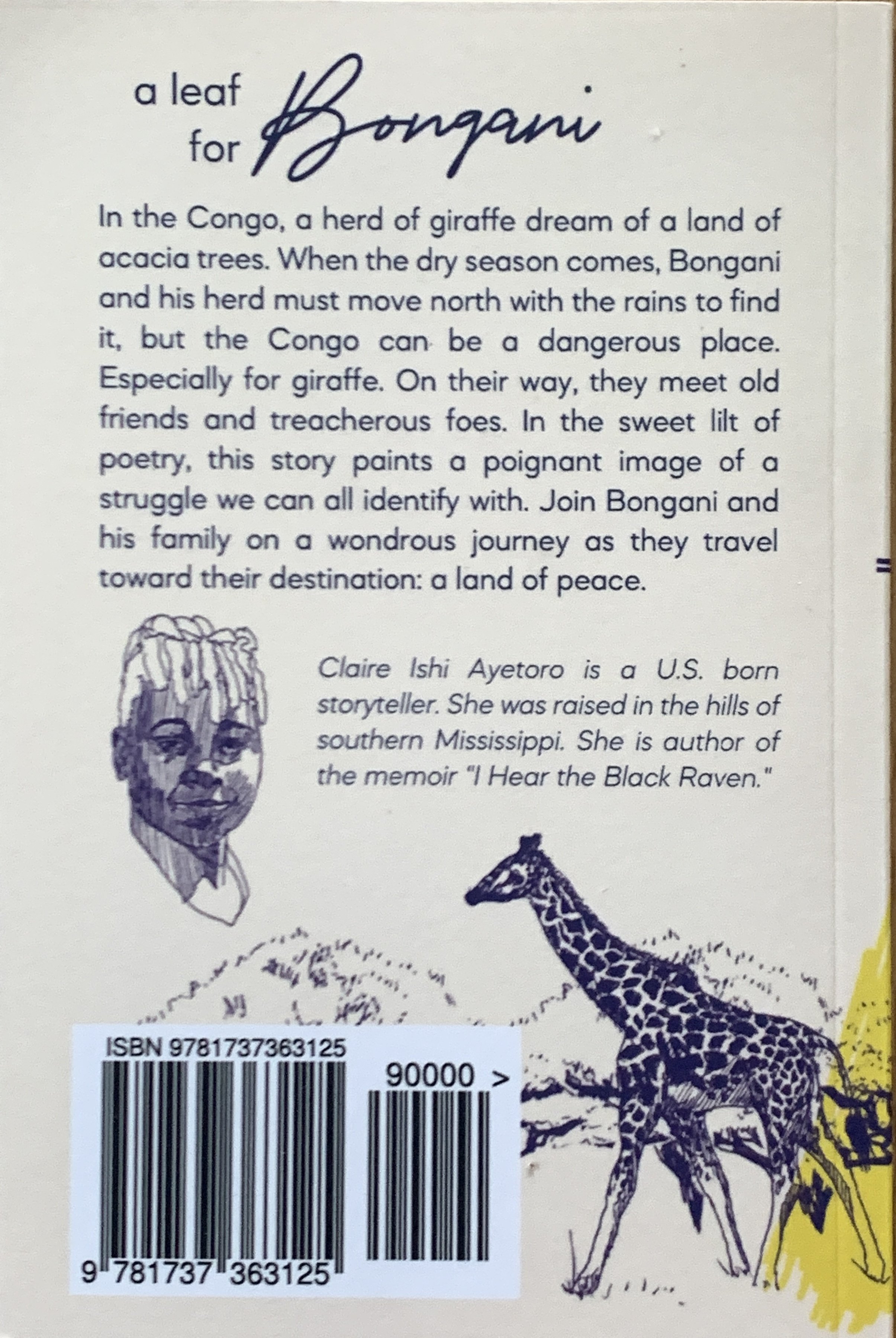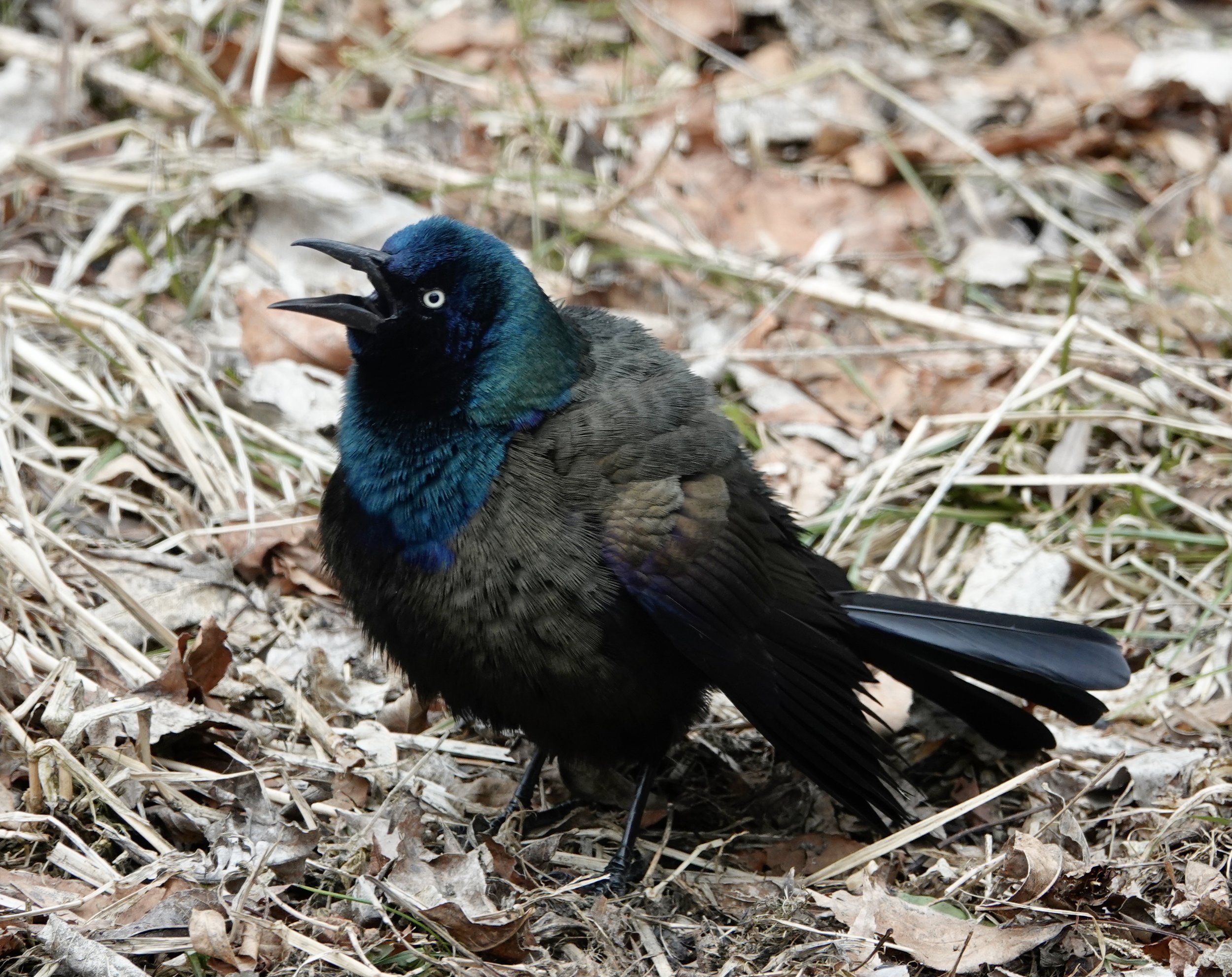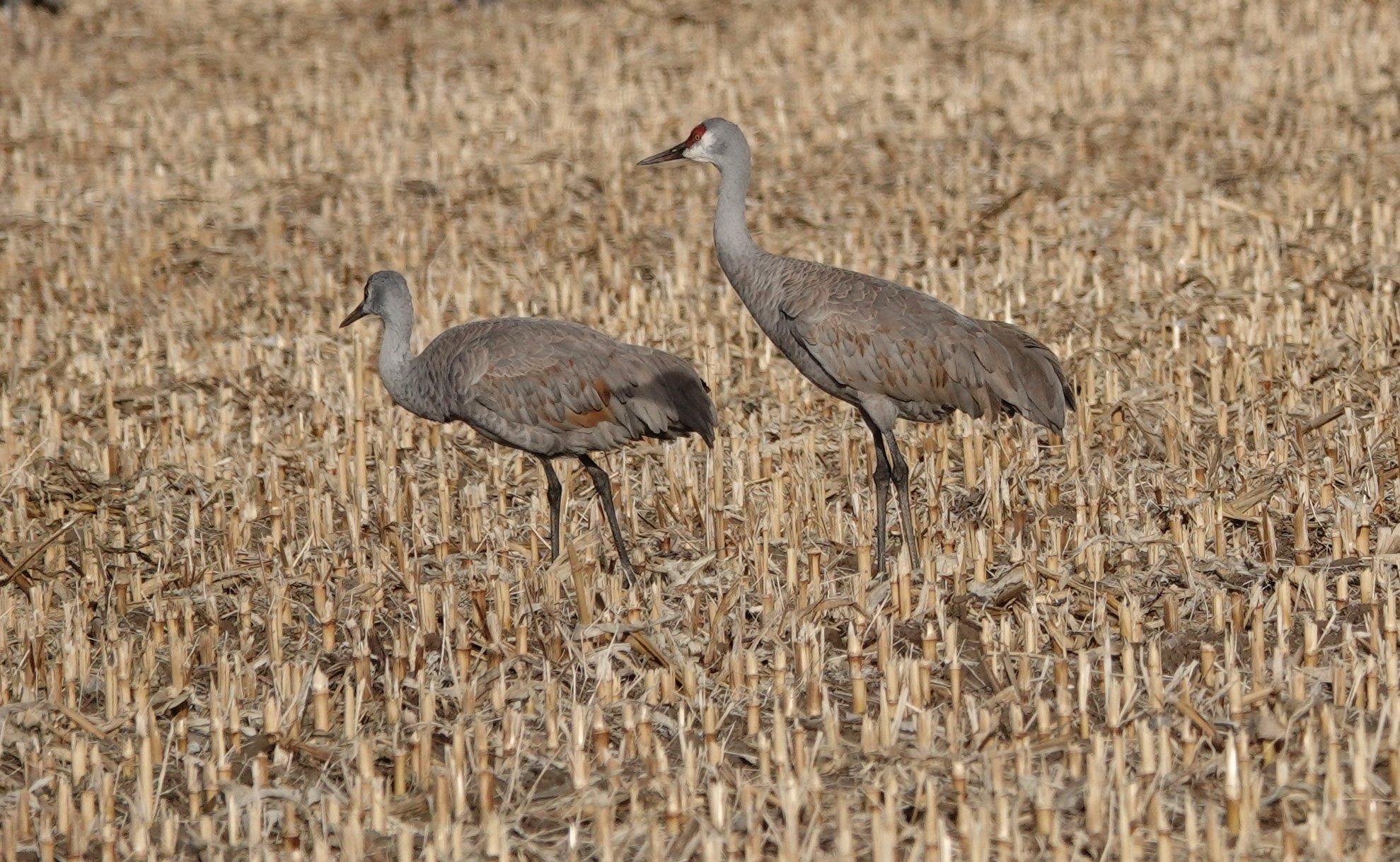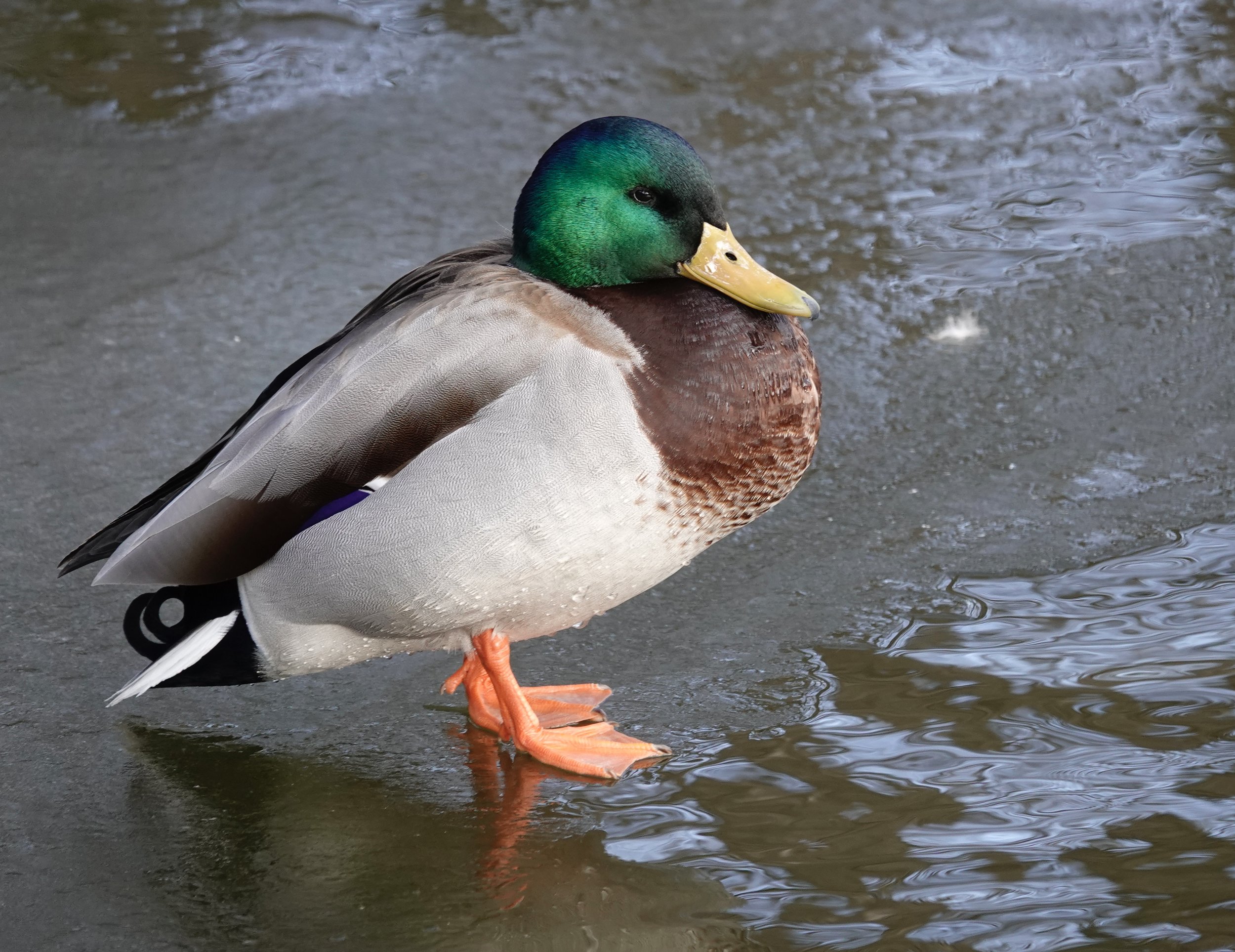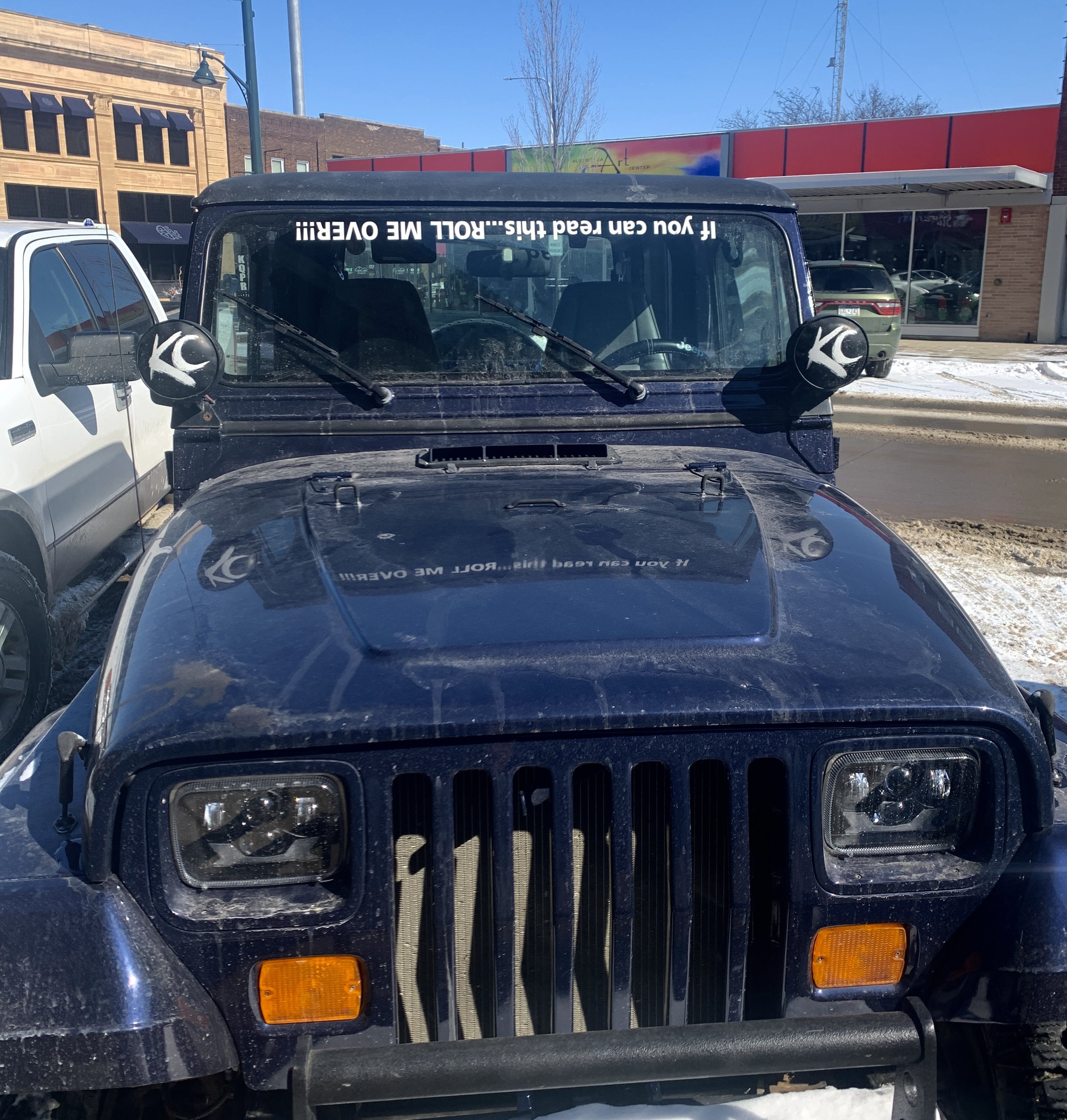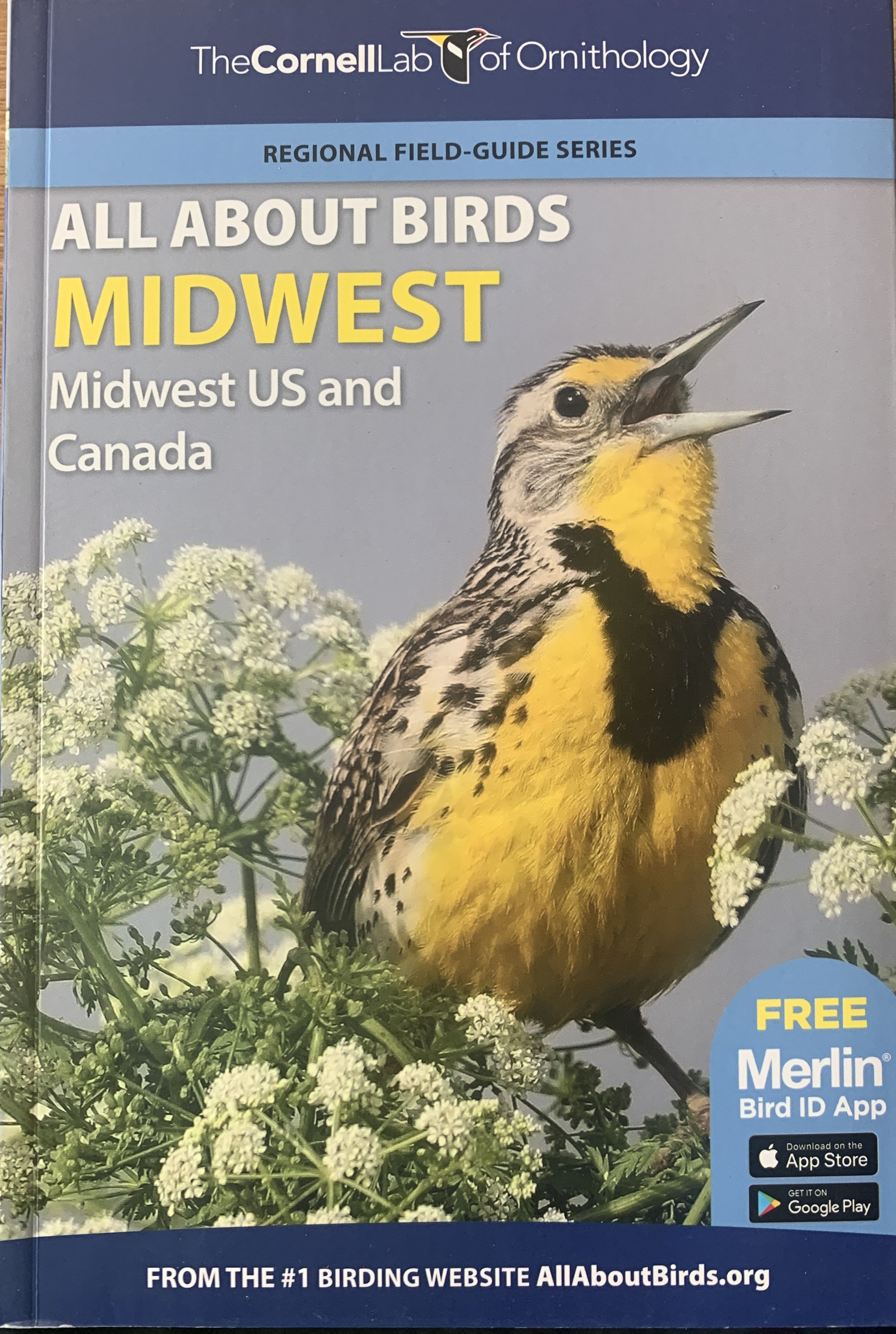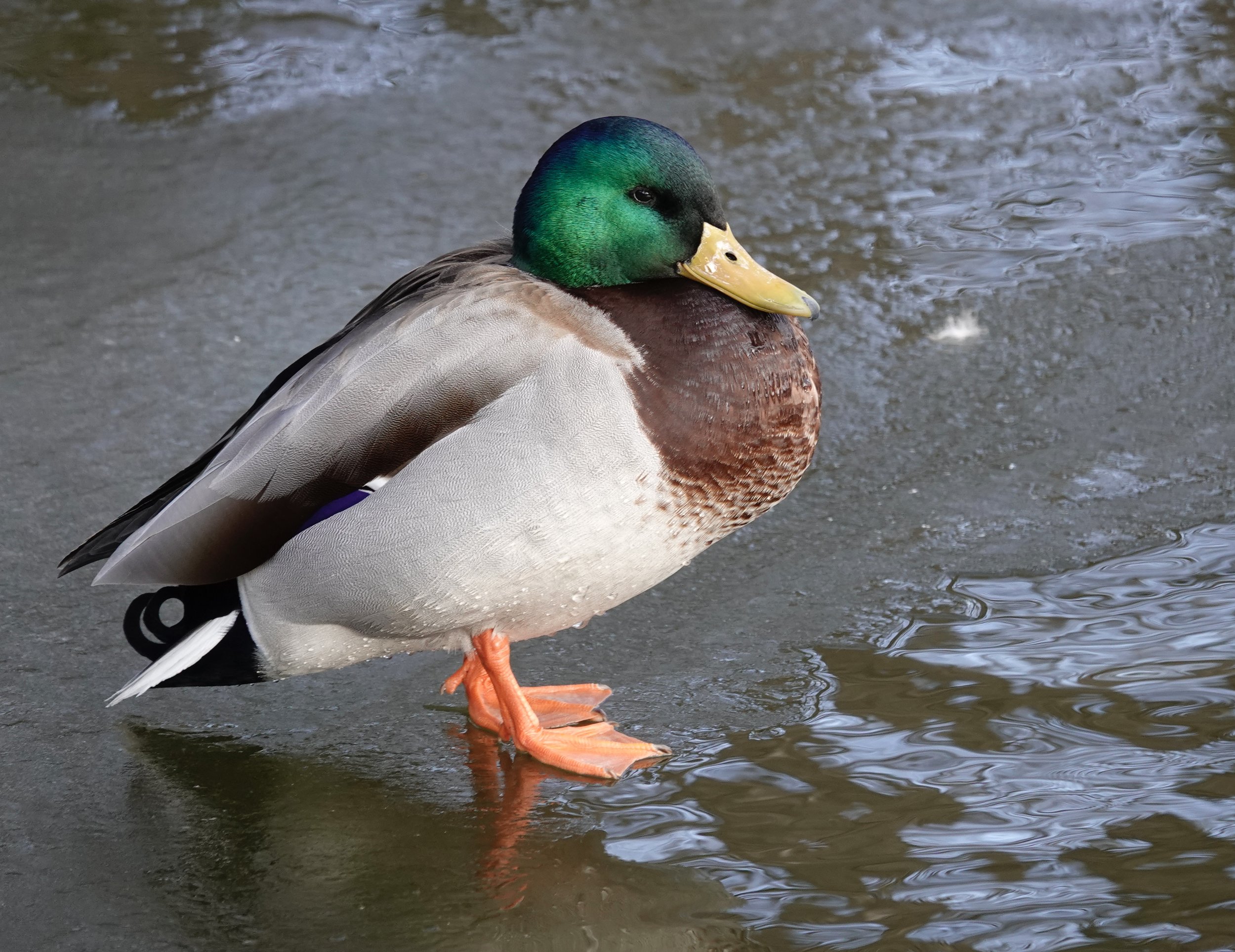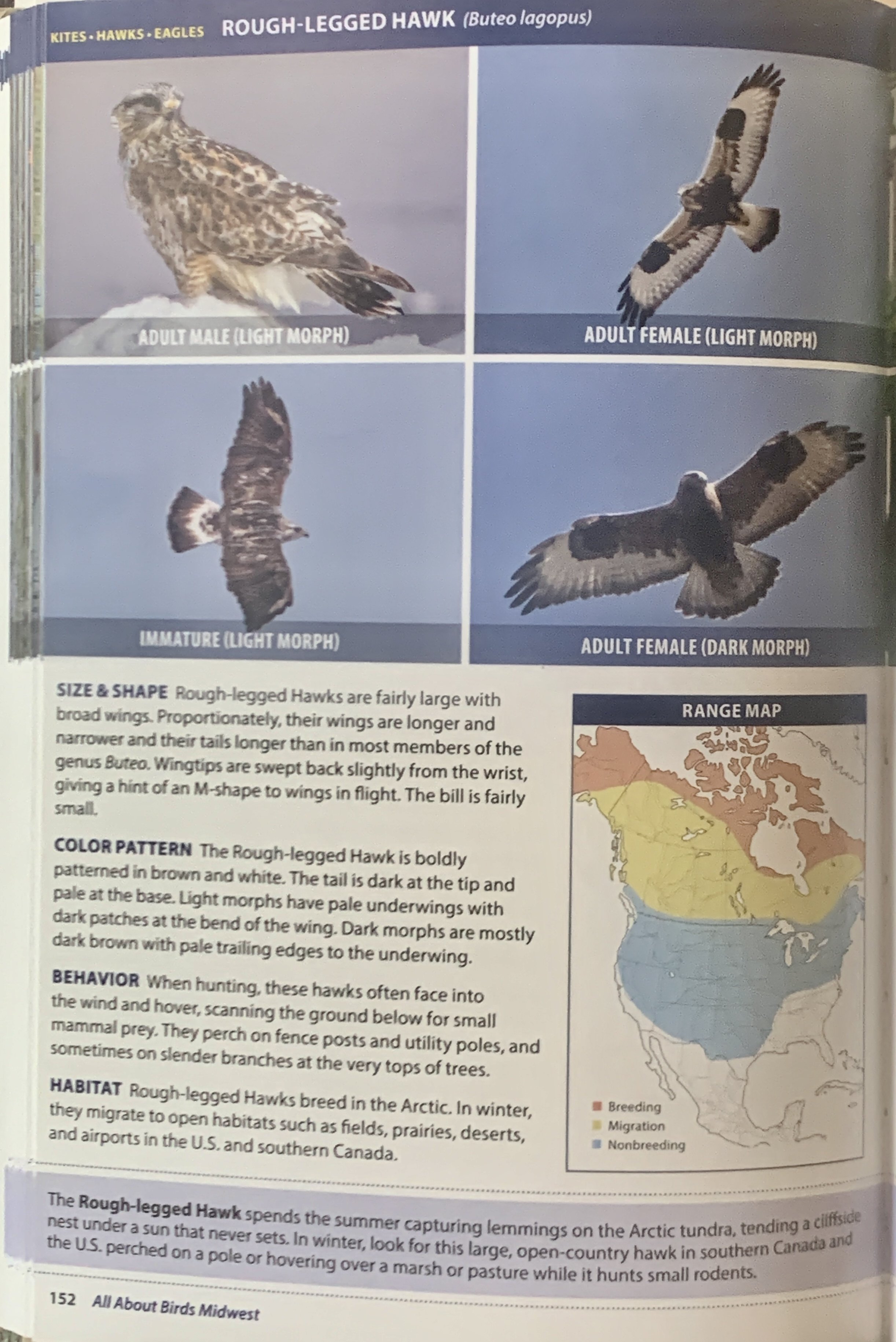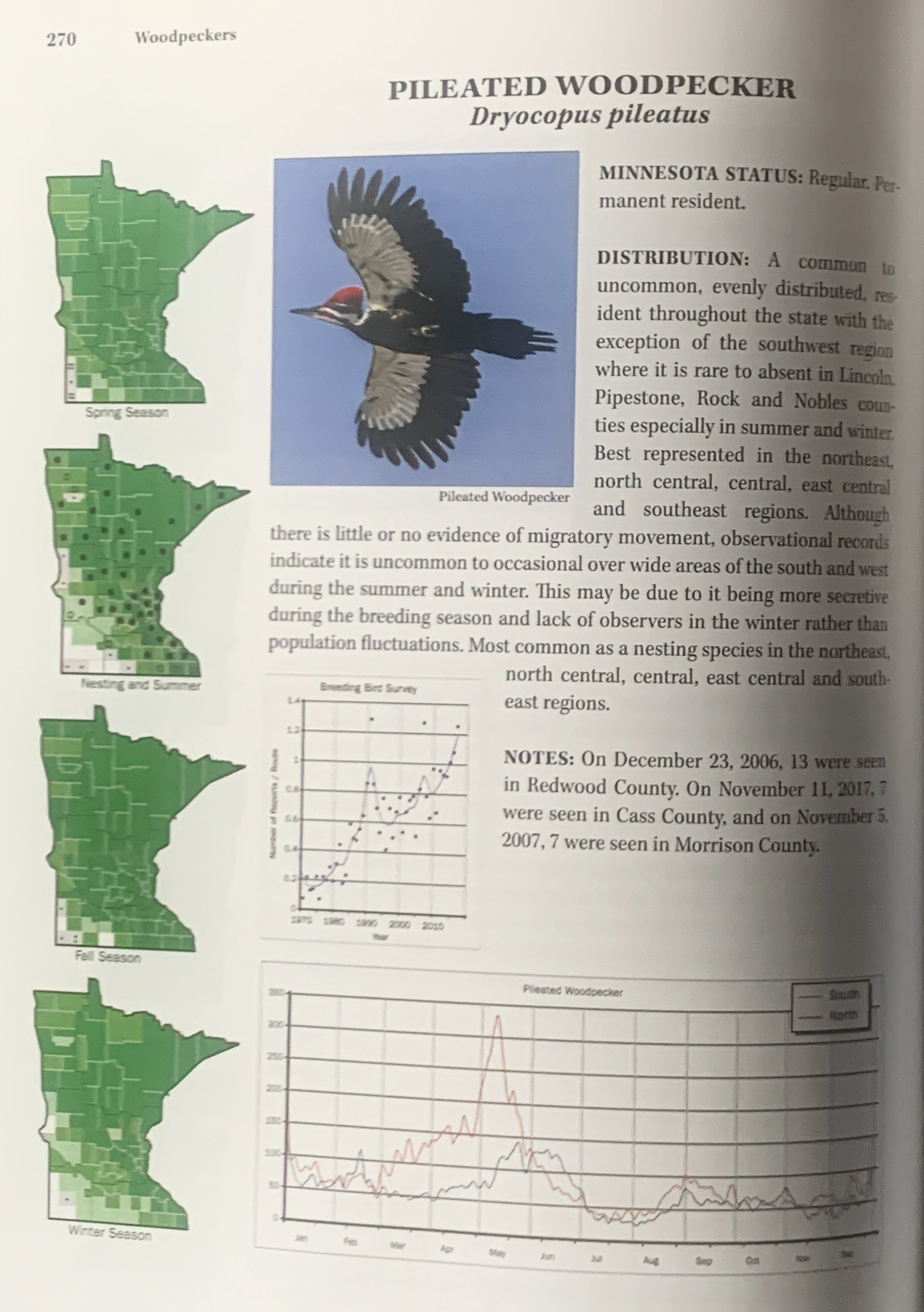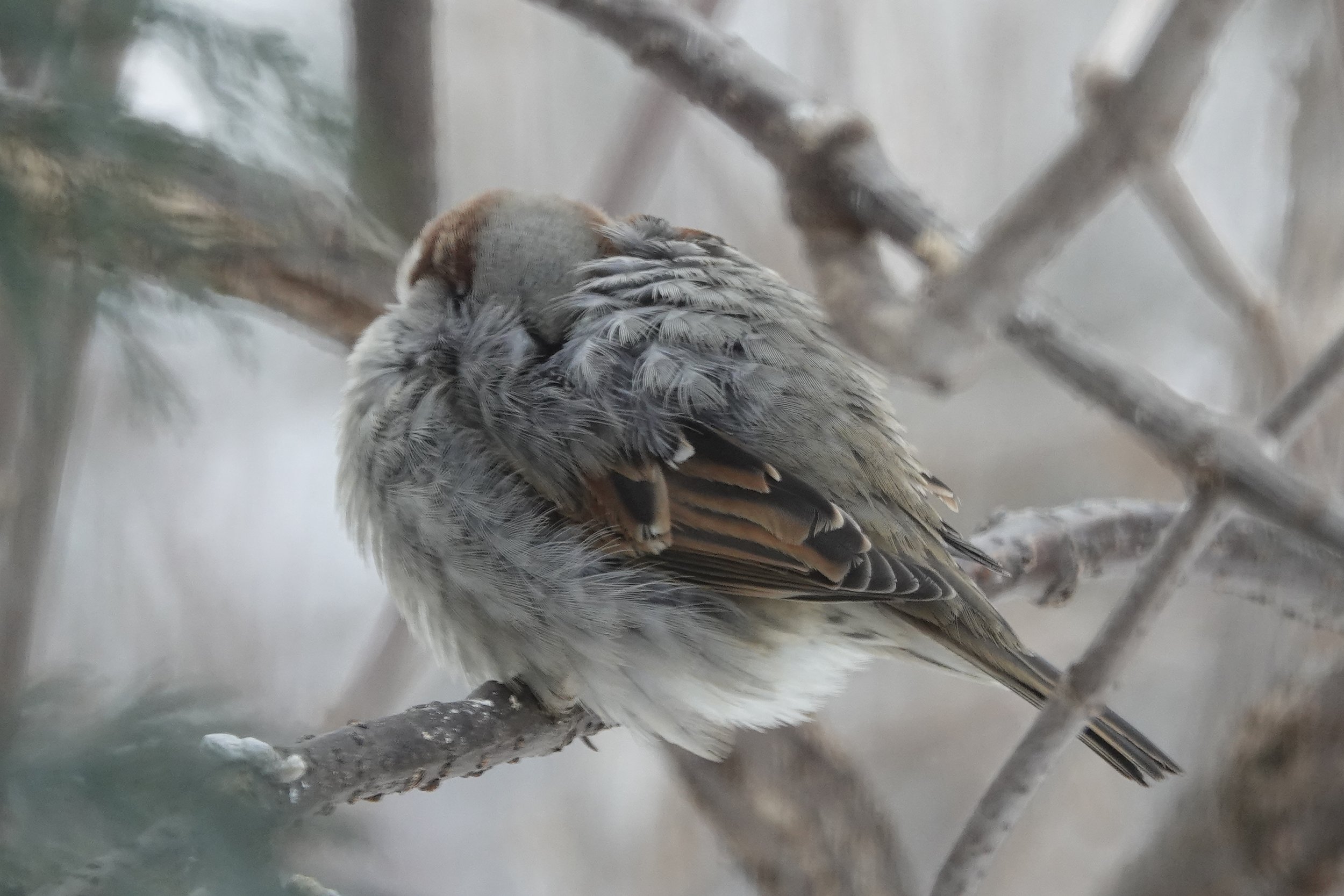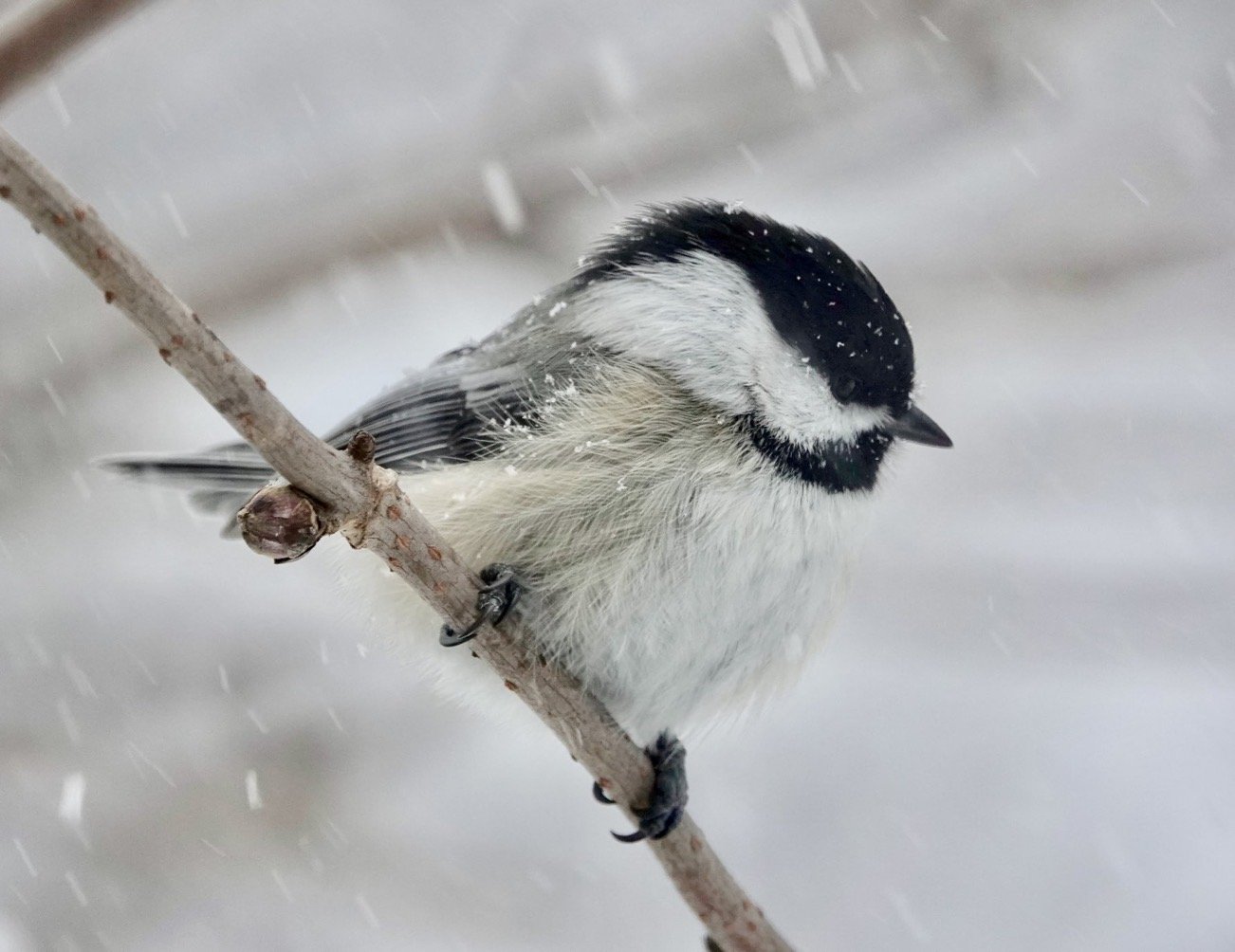Naturally
Spring was spreading like wildflowers and I listened to field sparrows at Minneopa State Park. Their song came from all directions as I watched starlings ride on the backs of bison. The bison drive is open to cars every day but Wednesday. There were four bison calves, the little pumpkins or red dogs were orangish-red, reddish-brown, or cinnamon-colored. A male indigo bunting bedazzled a small tree. One good look and I realized there was no need to gild that lily. What a glorious day to be on earth.
Quarry Park and Nature Preserve
I walked the trails of Quarry Park and Nature Preserve, a 684-acre park in Waite Park, the site of former granite mining quarries. The trails wind through woodland, prairie, wetland and bedrock areas. Near the entrance are the Liberty Derrick and Derrick House, which pay homage to the history of the granite mining industry in the early 1900s. I moseyed down the paths not long after golf ball-sized hailstones had battered my car. Some cars lost windshields and rear windows to the hail. Heavy rains caused the trails to carry a lot of water. As I watched ornaments in the trees, scarlet tanagers were lovely and unafraid as they searched for food, I heard an ovenbird sing, “Nature, nature, nature.” Some ears hear it as “Teacher, teacher, teacher.” This warbler walks on the forest floor and its name is a reference to its nest, a domed structure resembling a Dutch oven. Its ringing song becomes stronger toward its end. Nature was good company and I was happy to be there.
The Proceedings of the National Academy of Sciences published an article that said water sounds, a gurgling brook or waterfall, were effective at improving positive affect (the psychological term for a positive outlook or disposition and the experience of joy), while bird sounds were excellent for lowering stress. The study’s lead author was Rachel Buxton, Ph.D., a research associate and conservation biologist in the Department of Biology at Carleton University in Ottawa, and her colleagues from six universities and the National Park Service did a statistical analysis of three dozen studies exploring the measurable health benefits of natural sounds. Lancet Public Health funded by the World Health Organization pooled data from nine studies involving over 8 million people from seven different countries. That research showed that people who live near or in green spaces tend to live longer than those exposed to less green space. Research published in Ecological Applications, looked at about 3,000 people in Tokyo and found that seeing greenery from a window or going outside improved mental health measures like depression, happiness, self-esteem and loneliness. Iranian scientists found ICU patients on ventilators reported less pain when they listened to natural sounds via headphones. I know walking a wet trail while listening to a bird sing about nature as I watched gorgeous birds enhanced my existence. Listen to the birds.
Q&A
“Do owl decoys discourage birds?” The effectiveness of the plastic statues is limited because even the most skittish bird quickly finds them no threat.
Thanks for stopping by
“There is a singer everyone has heard, loud, a mid-summer and a mid-wood bird.
Who makes the solid tree trunks sound again. He says that leaves are old and that for flowers mid-summer is to spring as one to ten. He says the early petal-fall is past
when pear and cherry bloom went down in showers on sunny days a moment overcast;
and comes that other fall we name the fall. He says the highway dust is over all.
The bird would cease and be as other birds but that he knows in singing not to sing.
The question that he frames in all but words is what to make of a diminished thing.”–Robert Frost.
“Bird watchers top my honors list. I aimed to be one, but I missed. Since I’m both myopic and astigmatic, my aim turned out to be erratic, and I, bespectacled and binocular, exposed myself to comment jocular. We don’t need too much birdlore, do we, to tell a flamingo from a towhee; yet I cannot, and never will, unless the silly birds stand still. And there’s no enlightenment in a tour of ornithological literature. Is yon strange creature a common chickadee, or a migrant alouette from Picardy? You can rush to consult your nature guide and inspect the gallery inside, but a bird in the open never looks like its picture in the birdie books—or if it once did, it has changed its plumage, and plunges you back into ignorant gloomage. That is why I sit here growing old by inches, watching a clock instead of finches, but I sometimes visualize in my gin the Audubon that I audubin.”—Ogden Nash.
Do good.
©Al Batt 2022
The well known Minnesota poet Robert Bly mentioned “The Nimble Oven Bird,” in his poem known as “The Slim Fir Seeds.” Ovenbird photo by Al Batt.
A wise owl isn’t fighting with your window.






